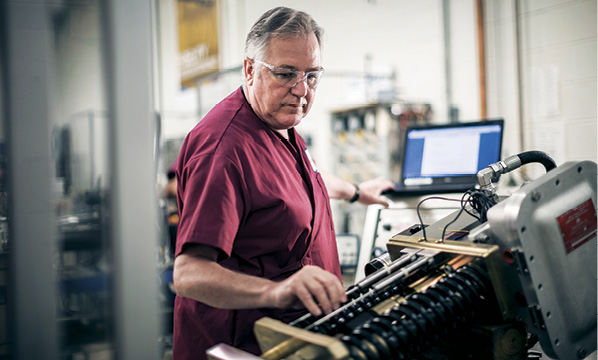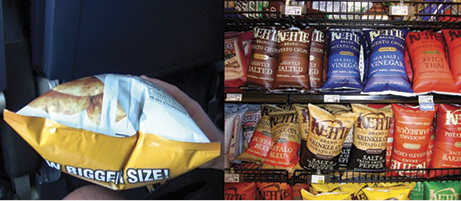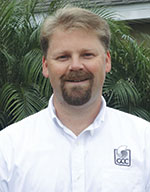Digital Proportion Control
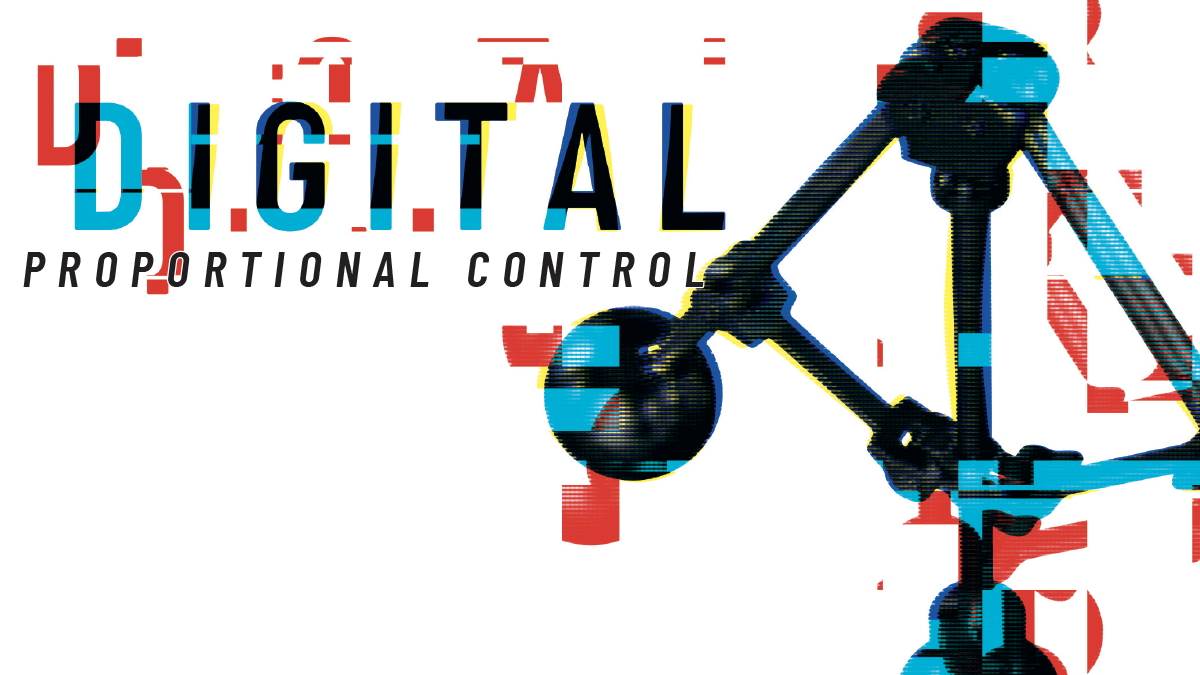
A New Level of Simplicity + Precision for Hydraulic Controls
The mobile machinery market is experiencing a significant evolution in proportional hydraulic control, driven by the increasing implementation of automation. This shift, which has been underway for some time, is accelerating as machinery becomes smarter. Today, semi- and fully autonomous agricultural and construction machines are emerging, many of which still rely heavily on hydraulic actuation for key functions.
At the heart of this transformation is the widespread adoption of Controller Area Network (CAN) technology. This technology has enabled more efficient, distributed control architectures, allowing various components to communicate seamlessly. As a result, the precise control of proportional hydraulics is now managed by onboard electronics and sensors, offering greater accuracy and responsiveness.
These advancements in hydraulic control are enhancing the performance, energy efficiency, and safety of mobile machinery. As automation continues to evolve, the integration of these smarter hydraulic systems will play a pivotal role in the future development of agricultural and construction equipment.
Digital Proportional Control
There are many challenges to achieving digital proportional control. To that end, Bosch Rexroth and HydraForce have developed on-board closed-loop control products. HydraForce offers the Innercept® digital proportional control (patent-pending), and Bosch Rexroth has independently developed the EDG-OBE proportional compact directional valve with on-board electronics. Both products use closed-loop PID control with position sensing to form the feedback leg.
The benefits of digital proportional control go beyond improved precision. Closed-loop control with position feedback has the added benefits of improved step-response, flow-force compensation, reduced hysteresis, improved linearity, greater control simplicity with setpoint input via CAN, and energy savings specific to reduced parasitic losses compared to the mechanical compensator.
Closed-loop PID control is the industry standard for accurate process controls. Highly precise servo-control valves have been available in the industrial sector for some time, but there have been significant barriers to adoption in the mobile sector. This includes cost, size, and robustness. The new product offerings have been built from the ground up with a keen focus on these three key performance indicators.
Digital proportional control product designs for the aforementioned offerings must conform to many rigorous ISO and SAE standards for off-road vehicles, heavy-duty trucks, and agricultural and forestry machinery specific to high-pressure operation, vibration, EMI immunity, environmental considerations, and ingress protection.
Size and space claim have always been at the heart of Bosch Rexroth’s product lines for mobile equipment. Compact cartridge valve manifolds, compact directional valves, and hybrid solutions are what the mobile marketplace has demanded for decades. With this in mind, Bosch Rexroth’s dedicated Compact Hydraulics business unit now includes HydraForce cartridge valve and control products. This offers the deepest bench of systems engineering, along with the broadest range of compact products meeting the specific performance needs of mobile hydraulic systems.
The cost barrier is the last significant challenge; servo control products can cost many thousands of dollars, and a typical mobile hydraulic system requires multiple independent closed-loop controls. Several innovative approaches to component design have reduced costs and helped make this technology applicable to mobile machinery.
Controlling Actuator Speed or Position
Controlling the speed of an actuator using a proportional flow control poses many challenges versus the desire for a constant flow. The flow through an orifice depends primarily on the pressure drop across it. Fluid temperature, viscosity, changes in pressure downstream (load), or upstream (supply) can affect flow. In addition to these, mechanical variations from valve to valve such as actuator magnetics, coil resistance, temperature, spring variations, and friction also contribute to the chaos. Though all these variable factors may be small, they can have an additive effect that causes significant and undesirable performance variation. This can lead to unpredictable performance factors including high hysteresis. These factors require time-consuming factory adjustment and tuning.
Increased Control Precision
Closed-loop control with position feedback allows for more precise control. Since the loop is closed with position feedback, the control can respond to the difference between the desired and actual positions. This is more precise because the control responds appropriately to correct the discrepancy, regardless of contributing factors such as manufacturing variation, friction, coil resistance, or load pressure, to name a few.
The Proportional, Integral, Derivative (PID) control checks the error condition and adjusts the actuator signal hundreds of times each second. A PID control algorithm can be tuned to a desired response profile. It responds to three components of the system error. The proportional component applies a correction relative to the current error. The integral component gauges the error over time and contributes to the applied correction. The derivative component responds to the change in the error rate and anticipates future errors.
Tuning the PID loop is done in the factory and is optimized to immediately offer responsive control. Each LVDT and valve is calibrated against a flowmeter which ensures a given command results in the same flow, giving excellent valve-to-valve consistency. However, customers can perform custom tuning as required to adapt to the applied machinery’s performance characteristics.
Improved Hysteresis
Hysteresis is an adverse characteristic of dynamic components that causes a difference in performance as the moving component travels in one direction, versus traveling in the opposite direction. This contributes to a degree of uncertainty in the output state. Dramatic improvements in hysteresis can be attributed primarily to the control’s ability to rapidly adapt the actuator signal to adverse factors like stiction. When tested at HydraForce, 3-5% hysteresis in open-loop operation was reduced to a negligible 1% or less when the same components were operated using the closed-loop control.
Improved Linearity
Linearity is the degree to which a control can produce a linear output. It is the ability to produce a predictable result that is directly proportional to the input. Hydraulic valves have differing degrees of inherent nonlinearity due to actuator performance and other operating characteristics. This has been improved mechanically using features such as cross-holes and metering notches. Cartridge valves control metering using cross-holes. This produces a flow vs. spool position curve that’s sinusoidal as the spool lands, uncovering a circular cross-section. Workarounds include controlling the size and position of cross-holes. However, with spool position feedback, we can modulate the actuator to correct the output flow, straightening the curve. This makes it much easier to apply this valve and control a larger system.
Improved Step Response
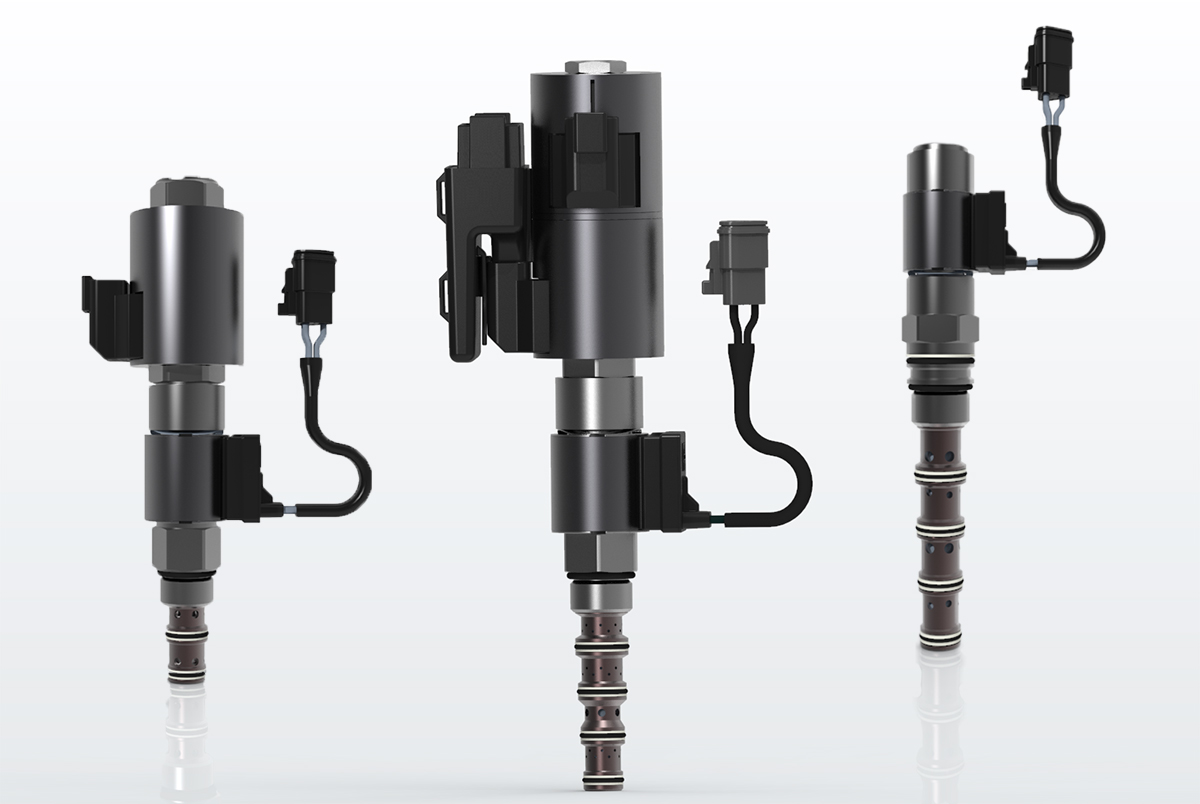
HydraForce Innercept° digital proportional controls closed-loop proportional cartridge valves (US and international patents pending).
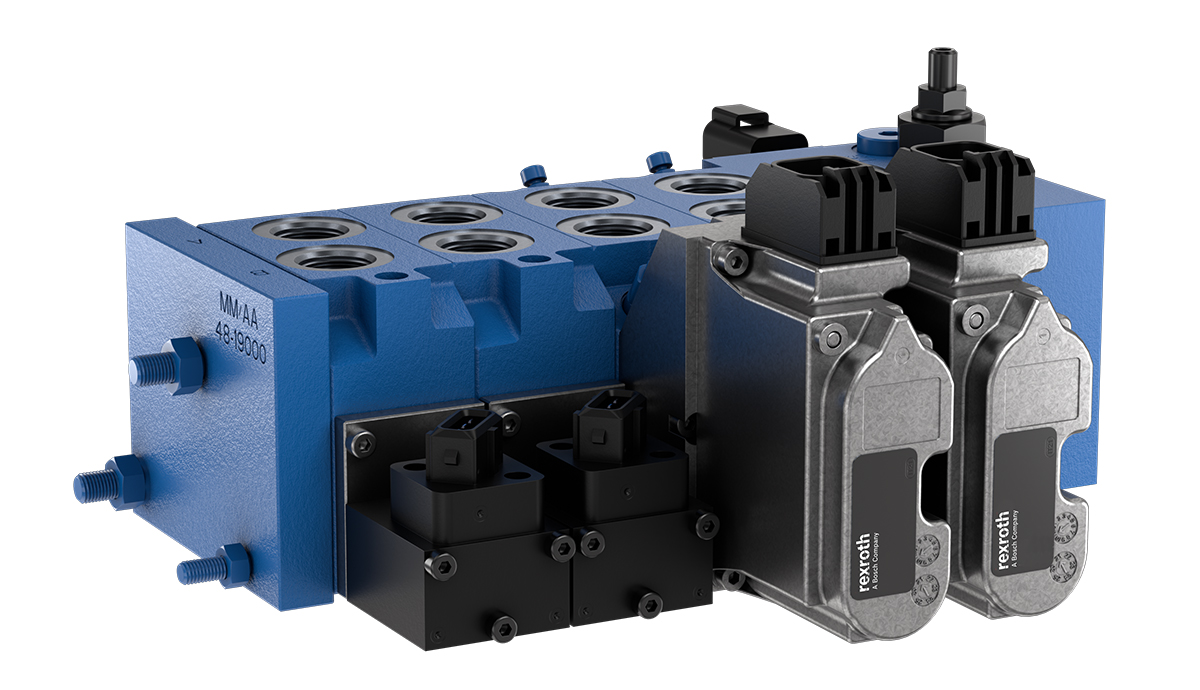
Rexroth EDG-OBE proportional directional control with on-board electronics.
Step response is the speed at which a valve responds to a rapid change in command. It is the milliseconds that fall between the command and the valve reaching 90% of its desired position. When running an open loop, we must limit actuator force because we can only make assumptions guided by our knowledge of how the valve will respond to avoid overshoot. When operating a closed-loop control with spool position feedback, the controller can overdrive the valve and push the spool into position much faster than it can use a fixed current value. This greatly improves step response, and with optimized tuning, overshoot can be limited as well.
Compensating for Flow Forces
Hydrodynamics, or Bernoulli forces, are the effects of fluid flowing through a valve; they tend to counteract actuator forces. For example, a rapid flow across the metering orifice can induce a contrary force on the spool. When driving the valve open loop, it is often essential to compromise, applying larger valves or mechanical compensators to reduce fluid velocity. The closed-loop control drives the spool to a position and maintains that position using feedback. This strategy effectively compensates for flow forces and valve-to-valve variation, eliminating the need to tune every machine coming off the production line.
The Promise of Energy Savings
Proportional valves require some form of pressure compensation to overcome load and supply variation. Mechanical compensation controls the pressure differential across the throttling orifice, opening and closing as the differential changes. The controlled differential ensures controlled flow. The compromise comes as a parasitic loss that converts to heat and erodes the margin pressure available to drive load-sensing hydraulic pumps.
Digital proportional control can enable an alternative method of pressure compensation known as electronic load sensing. The mechanical compensator is an additional element that relies on a parasitic margin to operate. Electronic load sensing uses transducers to sense load pressure in any control leg of a hydraulic circuit, forming the load-sensing network. The control software can then modulate the control valve position to compensate for load dynamics in any part of the system or operate a pressure control to pilot the load-sensing pump. Parasitic compensator losses can add up to a few percent of the overall power consumption. However, for a large excavator operating 8 to 10 hours daily, this can add up to significant fuel savings and a reduction in carbon emissions.
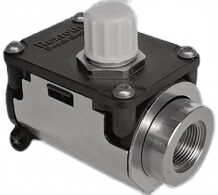
The Rexroth SPM spool position monitoring sensor can be used with multiple compact directional valve products.
The Products
HydraForce offers the Innercept® line of digital proportional controls consisting of a Linear Variable Differential Transformer (LVDT) position sensor with on-board controls that return a 0 to 5v signal proportional to valve spool position. This sensor is accurate to +/- 0.1 mm. A coil-mounted ESDR-0201A, two-output, one-input closed-loop Electronic Servovalve Driver performs the control function. The LVDT is a modular design that allows easy application to any of HydraForce’s proportionally actuated flow and proportional directional control valves.
Bosch Rexroth offers the EDG-OBE pre-compensated compact directional valve for flow rates up to 40 lpm and maximum operating pressure of 350 bar. The EDG line has many options for inlets and directional elements, including the EDG-OBE with on-board electronics and contactless Hall-effect spool position sensing element.
All of these digital proportional control products are highly modular and can be used in any mobile application requiring precision actuator control. Digital proportional control is perfect for applications where precision and response are key. With fast-acting, repeatable directional flow control, one can achieve more stable autonomous functions like automatic steering or precise placement of cargo in a narrow storage bay. More control-by-wire applications can open the use of rental machines to a broader range of less experienced operators. New possibilities are emerging every day.

